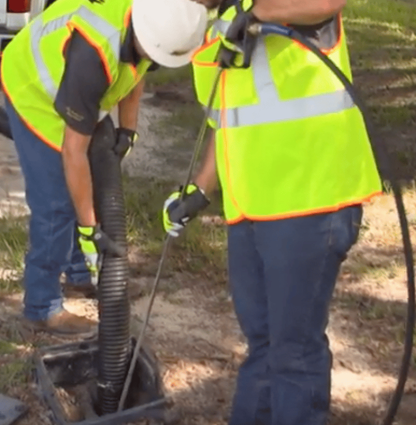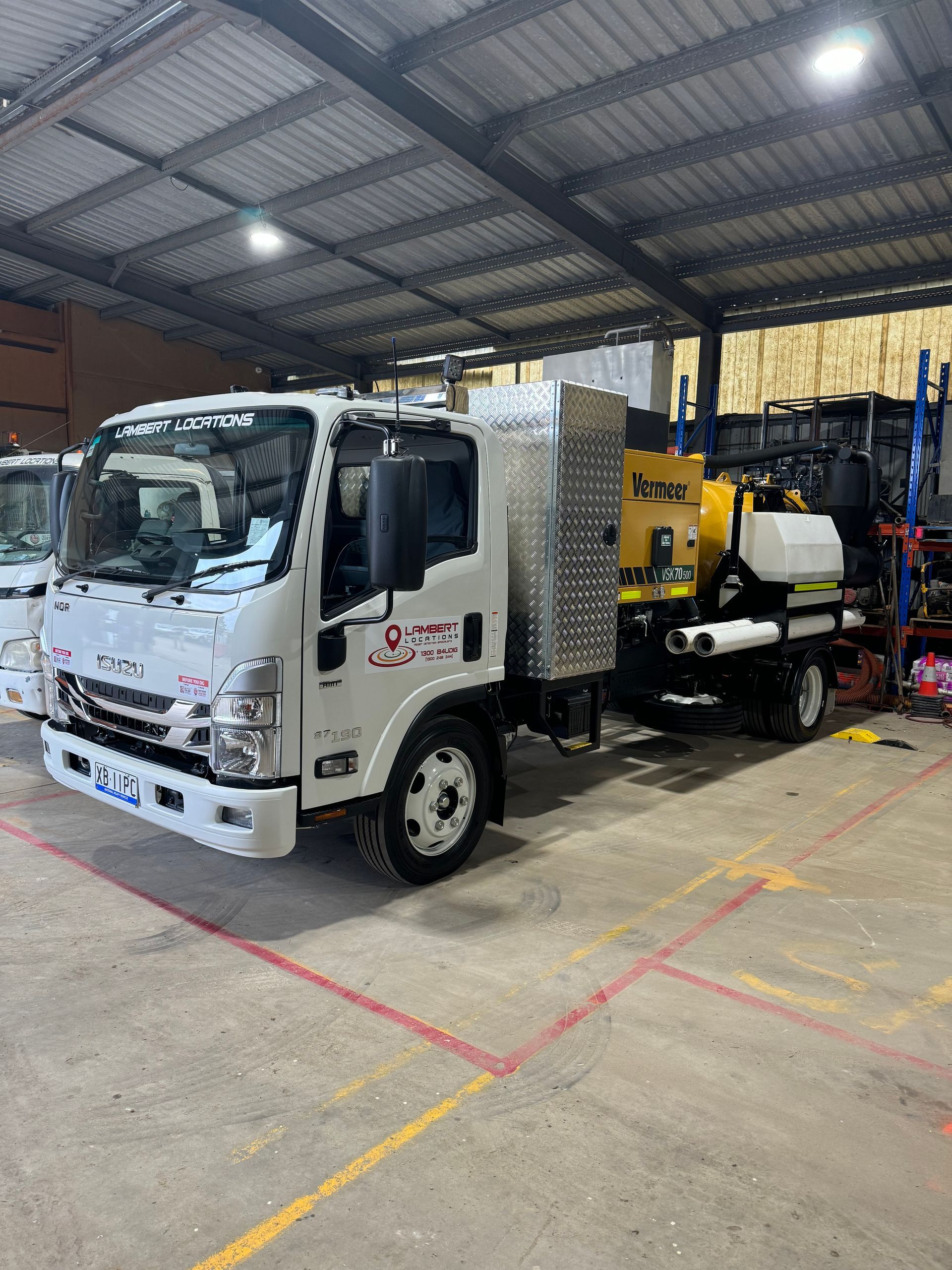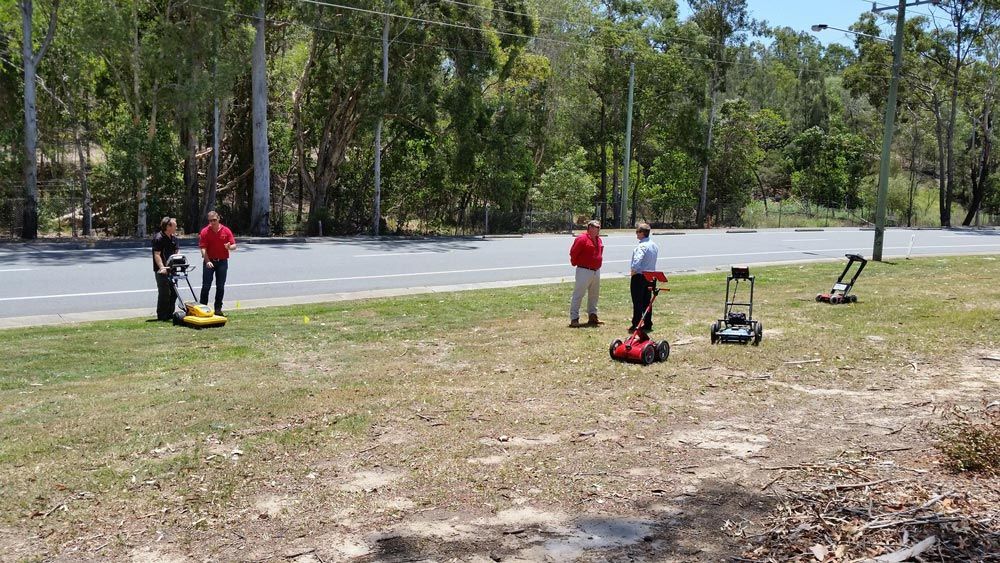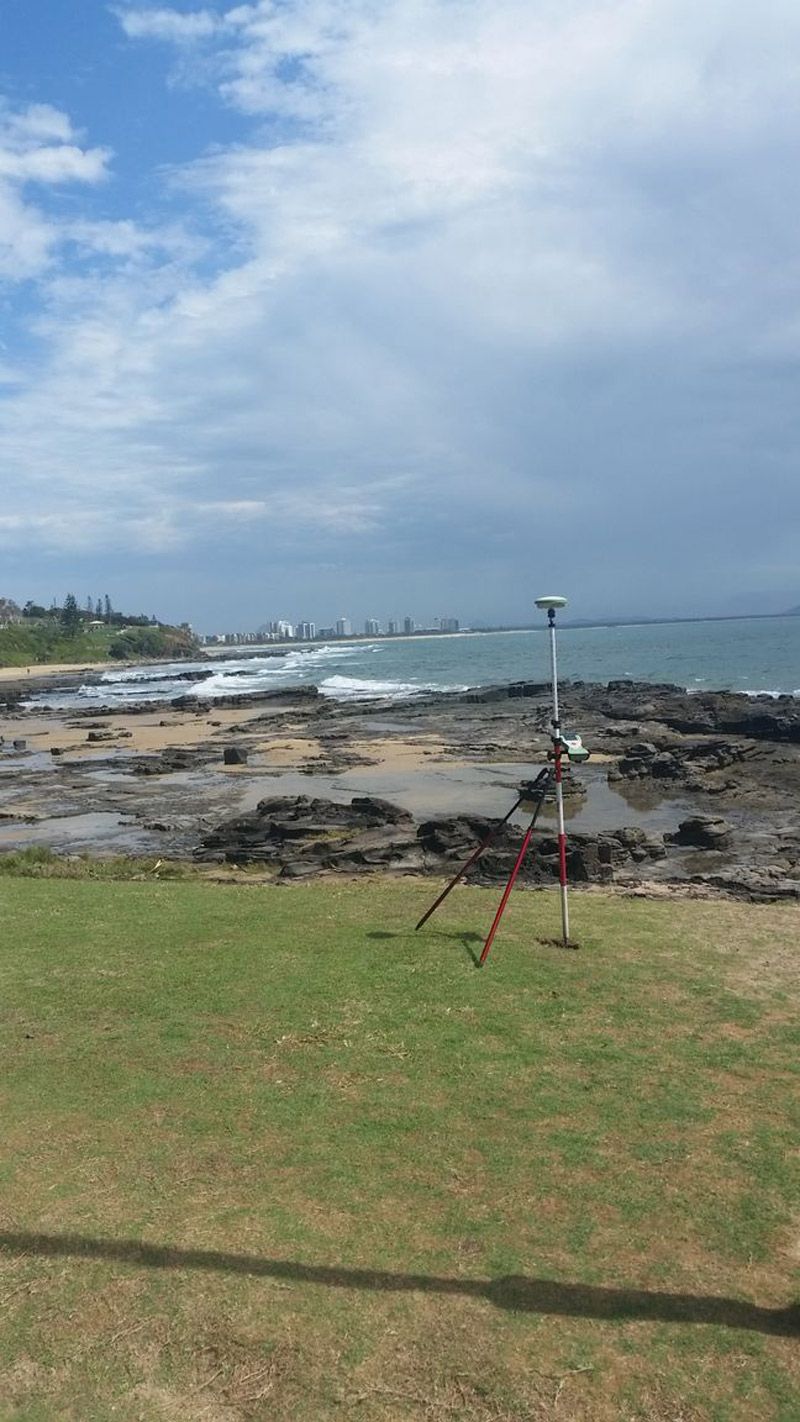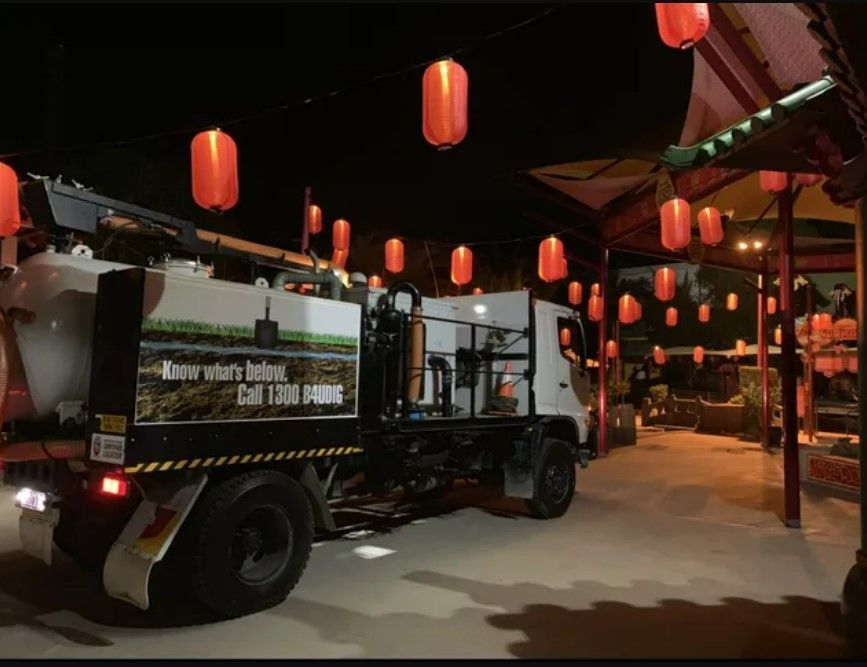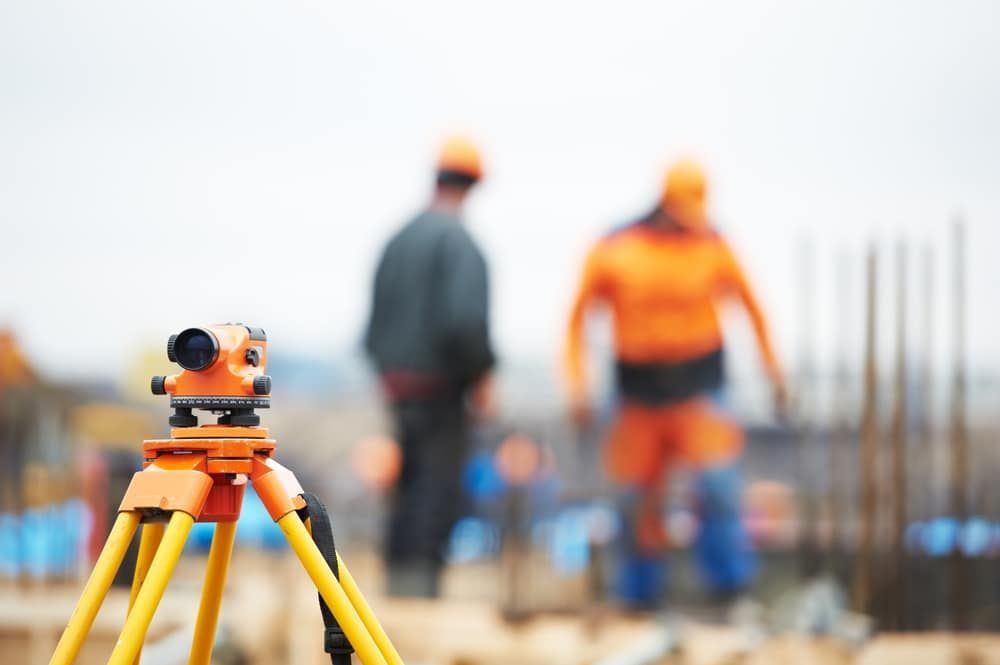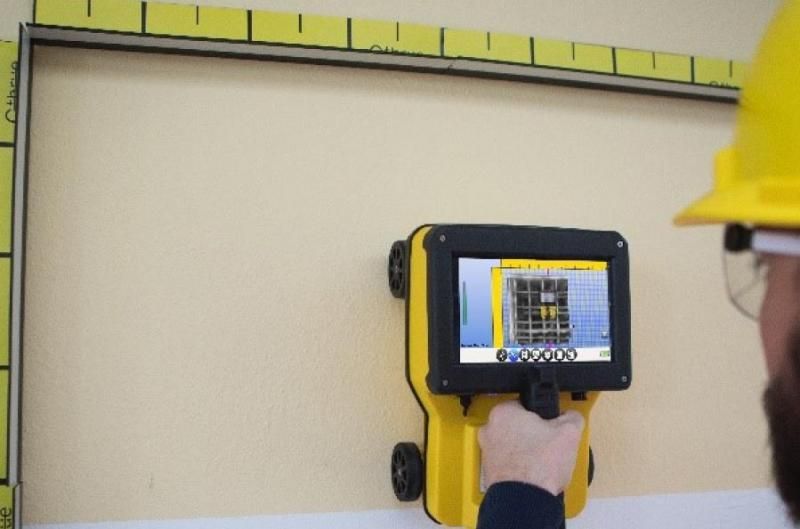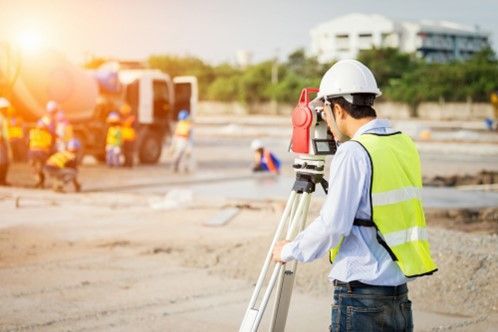5 Different Concrete Scanning Methods
Have you ever wondered what’s hiding beneath a concrete surface? In the construction world, identifying and understanding the structures hidden within concrete can prevent costly mistakes and ensure safety. This is where concrete scanning comes in, offering a way to peek beneath the surface without damage. But with various methods available, how do you choose the right one for your needs? In this blog, we’ll explore five concrete scanning methods, each with its advantages and specific uses, to help you make an informed decision.
1. Ground Penetrating Radar (GPR)
Ground-penetrating radar (GPR) is a common and versatile concrete scanning method. It uses electromagnetic radar waves to create images of the subsurface. The radar waves penetrate the concrete and reflect when they hit an object, such as metal or plastic, allowing operators to visualise the location and depth of embedded objects.
Advantages:
- Precision and Detail: GPR offers precise imaging, making it ideal for detecting small objects such as rebar, post-tension cables and electrical conduits.
- Versatility: It can be used in various environments, including construction sites, roads and bridges.
- Safety: As a non-invasive method, GPR eliminates the risk of damaging the concrete or underlying structures.
Applications:
GPR is widely used in construction and engineering projects to assess sites, locate utility lines and assess structural integrity.
2. Ultrasonic Testing
Ultrasonic Pulse Echo (UPE) involves sending high-frequency sound waves into the concrete and measuring the time it takes for the echoes to return. This method is effective in detecting voids, cracks and delaminations within concrete structures.
Advantages:
- Accuracy: Ultrasonic testing provides highly accurate data on the thickness and quality of concrete structures.
- Detection of Flaws: It can identify even minute cracks or defects within the concrete.
- Non-Destructive: Like GPR, this method is non-invasive, preserving the integrity of the structure.
Applications:
Ultrasonic testing is often employed in quality assurance for new constructions, ensuring the concrete meets the required standards.
3. Radiography
Radiography involves using X-rays or gamma rays to produce images of the internal structures of concrete. This method is similar to medical X-rays and provides clear images of the concrete’s interior.
Advantages:
- Detailed Imaging: Radiography offers detailed visuals, making it possible to identify complex arrangements within concrete, such as dense rebar configurations.
- Comprehensive Analysis: It can assess the integrity and the arrangement of the materials within the concrete.
Applications:
Radiography is typically used in scenarios where detailed imaging is essential, such as inspecting thick concrete walls and floors.
4. Electromagnetic Location
Electromagnetic Induction (EMI) is a concrete scanning technique that uses electromagnetic fields to detect metallic objects within concrete structures. The equipment generates an electromagnetic field that induces a current in the metallic objects, which is then measured to determine their presence and position.
Advantages:
- Quick and Efficient: Electromagnetic location is a fast way to locate metallic objects, making it ideal for time-sensitive projects.
- Targeted Detection: It excels at pinpointing specific metal components within concrete.
Applications:
This method is commonly used for reinforcing bar detection and mapping within existing concrete structures.
5. Impact Echo Testing
Impact Echo Testing is a method that involves striking the concrete surface with a small hammer or impact device and measuring the resulting sound waves. The sound waves reflect back from subsurface objects or defects, allowing for the identification of anomalies.
Advantages:
- Effective for Thick Structures: This method is excellent for assessing thick slabs and walls, where other techniques might be less effective.
- Detailed Flaw Detection: Impact echo testing can detect various structural issues, providing comprehensive insights.
Applications:
It’s often used in bridge inspections and assessments of large infrastructure projects to ensure long-term durability and safety.
Get Reliable Concrete Scanning Solutions: Reach Out Now!
Choosing the right concrete scanning method is crucial for ensuring the safety and precision of your construction projects. At Lambert Locations, we offer comprehensive concrete scanning methods that ensure safety and precision for your projects. Our expert team uses advanced techniques to locate and assess hidden structures within concrete, helping you avoid costly mistakes and ensuring smooth operations. Whether you’re preparing for construction or renovation, our concrete scanning services provide peace of mind and accuracy. Contact us today to learn more about our services and how we can assist with your next project.
